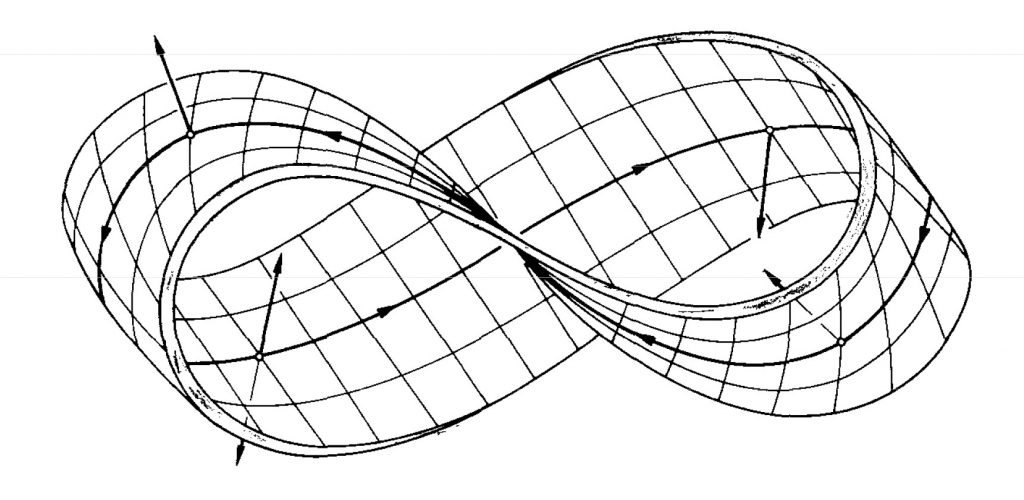Ideal feedback would consider the person behind the work, their condition and progress. It would compare the current iteration to their previous work, while putting it into the proper art historical and societal contexts. It would be highly attentive and radically honest, and offer guidance through specific, actionable feedback (“Read up on the work of X”, “Look into the late works of Y”, “Experiment with wood, now that you focused on metal so much”, “Did you consider using oil instead of acrylics?”) – and would explain why the specific feedback is deemed important.
Ideal feedback would offer contextual criticism: “This doesn’t seem to work as you intended, potentially because you did X”. It wouldn’t speak in absolutes, and thus wouldn’t criticize works as “good” or “bad”, “right” or “wrong” – because these judgements only make sense in the context of specific quality ideals; instead of saying “I like how you did this”, ideal feedback would be drastically more specific: “Since you stated that your goal was to counter stereotype X, using this choice of color makes seems to work in your favor – it puts the piece in an unexpected context”.
Ideal feedback would care about both the artist and the state of art, while acknowledging that all opinions ultimately are subjective: yes, a feedbacker might have more knowledge about various fields (than the person who created the work), but that knowledge might not turn out to be relevant for the specific context or artwork – already because it always has to be the producing artist themselves who has to decide on their work’s quality ideals. Ideal feedback would judge without being judgemental. For all these reasons, ideal feedback is rare.
Safe Space Principles for Feedback
Ideal feedback would follow safe space principles, and would specifically
- respect everyone and their creations, and be sensitive to individual, societal and cultural differences;
- respect and acknowledge individual emotions;
- use attentive, active listening that accepts silence in both feedbacker and artist (finished works are “allowed” to be able to speak for themselves);
- use trustful confidentiality – both in one-on-one settings, as well as in group discussions (this can prevent participants from bringing guests unannounced, since the group’s trust matters more than the guest’s curiosity),
- challenge the work (or the ideas behind it), not the artist who created it;
- accept everything as having equal worth, even if not everyone can understand that worth: it would treat all perspectives as valid.
Processing Feedback
You can’t easily influence who talks to you about your work – if people are moved by it, they will do so even without asking whether it’s appropriate or whether you’re ready for it. Non-ideal feedback will happen. While it’s impossible to always anticipate the quality of feedback, it’s possible to judge exactly that after it happened. This enables you to sift through whatever information was given, to find what’s most valuable for you – enabling you to appropriate what has been said, and develop your own opinions about it. Your humbleness, sensitivity and self-worth are key to processing feedback effectively – to discard what’s irrelevant to you, without missing growth potentials.
Processing feedback represents a balancing act, since it connects the two universes: the feedbacker’s and the artist’s.
- The feedbacker’s words rest on one side; they either discuss your work without having being asked by you; or have been contacted by you for specific reasons: your appreciation of their expertise, credibility, authority and/or success.
- Your own universe on the other side, which got manifested into an artwork, brimming with expectation, mistakes, and hopes for future works yet uncreated.
Being an Expert
You might lack the expertise, credibility, authority and success of the feedbacker, but are usually an expert in your own life and history. While they might be experts in the field in which you want to improve and progress, they probably aren’t experts in your life, and of your work. They often don’t know why you did what you did. They might not even be interested, but rather care to focus on the medium’s history, and how your work deviates weirdly and wrongly from it. Their cultural, societal, gender- or generation-based background might differ too much to understand the potential of your work.
- Depending on their subjective tastes they will applaud, make fun of, or even disregard your work.
- Depending on their character and humanity, they might even disregard you, or attack you instead of the artwork (“ad hominem attack”). They might choose graceful or derogatory remarks.
An expert interested in offering ideal feedback will not simply talk positively or negatively about your work, neither of which helps you: if you came for facts and advice, someone’s praise or disapproval doesn’t really help a lot: it’s too obviously subjective, and not at all actionable; instead, it can be seen as lazy way of telling someone off. Someone actually invested in your growth would instead offer various references (art historical, political, semantic, aesthetic, etc) and actionable strategies.
All of this shows that ideal feedback is hard to find. To navigate feedback satisfyingly nevertheless, consider the following chapter.
